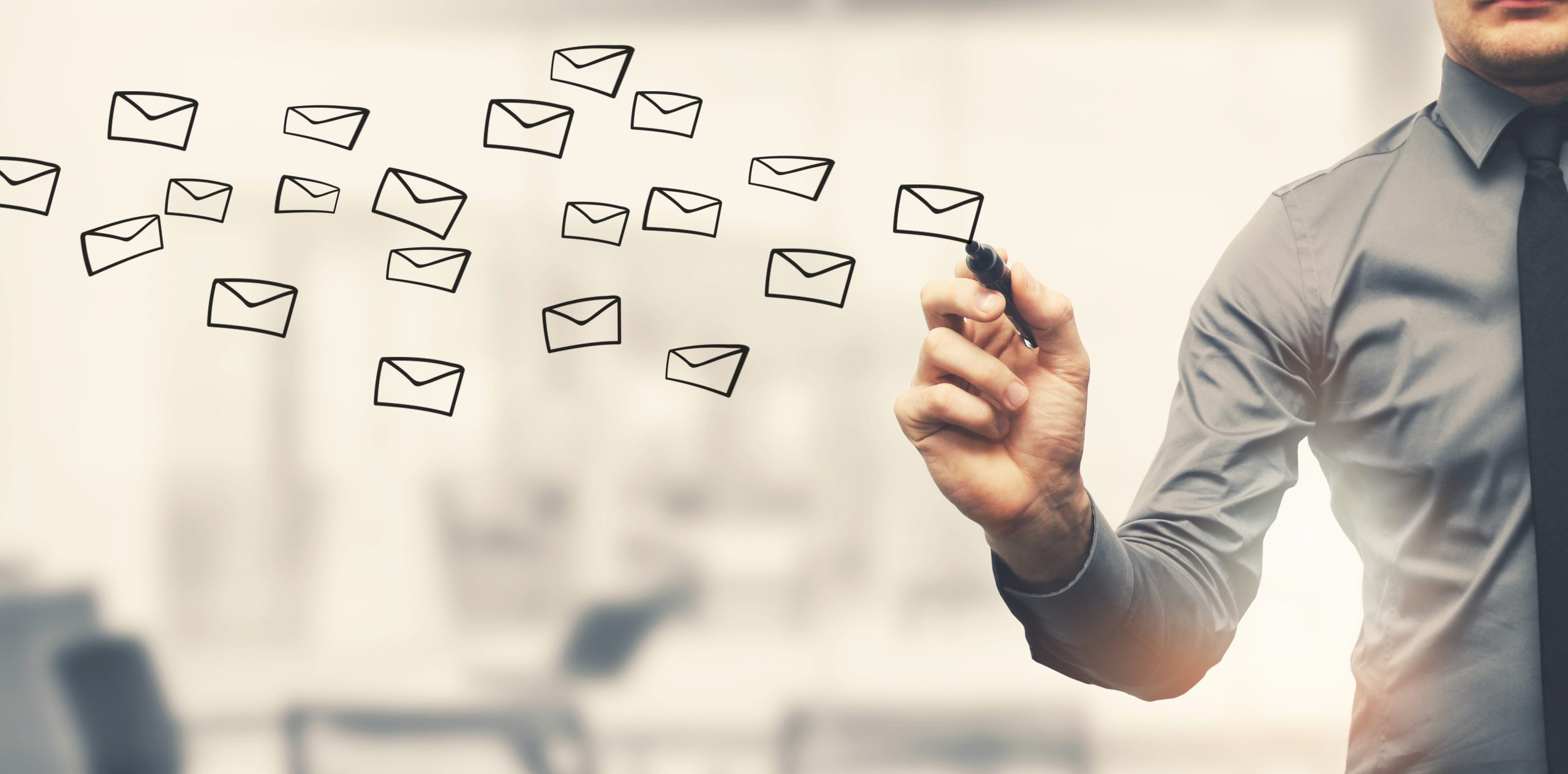
Then, on the “Advanced” tab, uncheck the “Download shared folders” option:įor additional articles on Exchange Online, click here. If you access a shared mailbox or calendar and notice that you are not seeing updates made to the shared resource by others or your updates are not being seen by others, follow these steps:ĥ.
#Exchange online how to#
How to resolve shared mailbox/calendar issues You should now be able to access Public Folders. Click “OK”, “Next”, “Finish”, and/or “Close” as necessary to close out of the settings screens.ħ. On the “Advanced” tab, check the “Download Public Folder Favorites” checkbox:Ħ.

If you try to access Public Folders and get a “Cannot display the folder” error, do the following:ĥ.
#Exchange online Offline#
It will take a few minutes the first time you open Outlook to download all of your mailbox content, especially if you selected a long period of time to keep offline in step 5 above. Click “Next”, “Finish”, and “Close” to exit.ħ. (Note that this does not mean that items in your mailbox older than the time you select will be deleted they just will not be cached locally, so if you need to access them, Outlook will have to contact the server directly for them.)Ħ. Adjust the “Mail to keep offline” slider to your preference. On the “Email” tab, click to select your account, then click the “Change.” button:ĥ. Then go to the “Account Settings” drop-down and click “Account Settings.”ģ. In Outlook, go to the “File” tab at the top left:Ģ. To switch to cached mode, follow these steps:ġ. When in cached mode, Outlook creates a copy of your mailbox contents on your hard drive and then synchronizes it with the server in the background periodically. To resolve this, you need to switch your Outlook connection to “cached mode”. If Outlook is in online mode, this congestion can cause it to become unresponsive because Outlook in this case requires a continuous (synchronous) connection to the server in order to view and act on the contents of your mailbox. Because Exchange Online is hosted on servers located across the Internet, the route to those servers is subject to occasional network congestion. If you notice performance issues (slow response, hanging), you are probably in “online mode”. You should not receive this pop-up again. Close Jabber and re-open it after you have Outlook working properly. If you receive a “WebEx mapi component” pop-up (like the one below), this is caused by Jabber not being able to connect to Outlook to read your calendar. If you instead receive a pop-up that does not allow you to change the user name, click the “Use another account” option, then enter your username as, enter your password, check “Remember my credentials”, and click “OK”. (If you don’t check the box, you may receive this prompt each time you open Outlook.) Then click “OK”. If you do not want to get this prompt again, check the “Remember my credentials” checkbox. If you receive this, make sure the username is entered as (like shown above).

In some cases, you may receive a login prompt like this (or similar depending on your version of Outlook) when opening Outlook or when opening a shared calendar or mailbox: You should not receive this message again.

Wait a minute or two, then close Outlook and restart it. If you receive a message like the one below when opening Outlook, click “OK”. In most cases, it should connect without any additional prompts. (Optional) For best results, completely restart your PC.Ģ. After your mailbox has been migrated to Office 365/Exchange Online, close Outlook and Jabber if they are open. User may need to adjust some settings in Outlook to log into Exchange Online and/or for optimal performance.ġ.
#Exchange online Pc#
User needs to reconfigure Outlook on a PC after being migrated to Exchange Online.


 0 kommentar(er)
0 kommentar(er)
